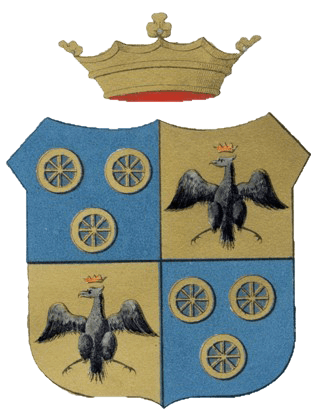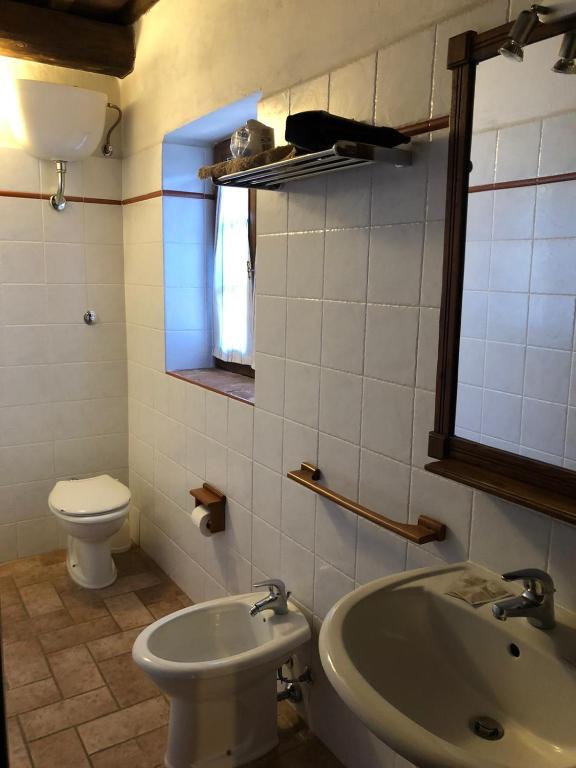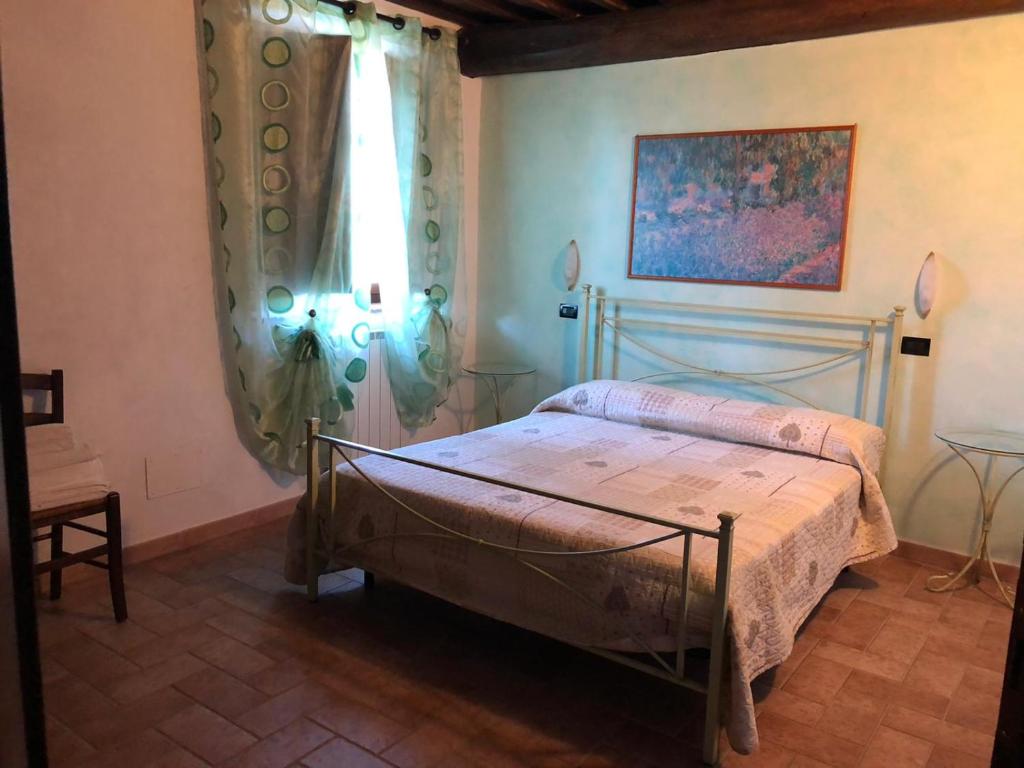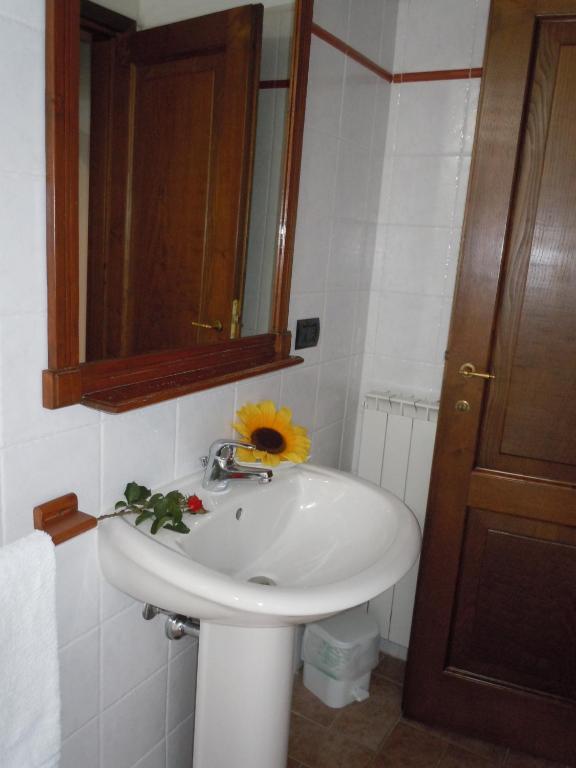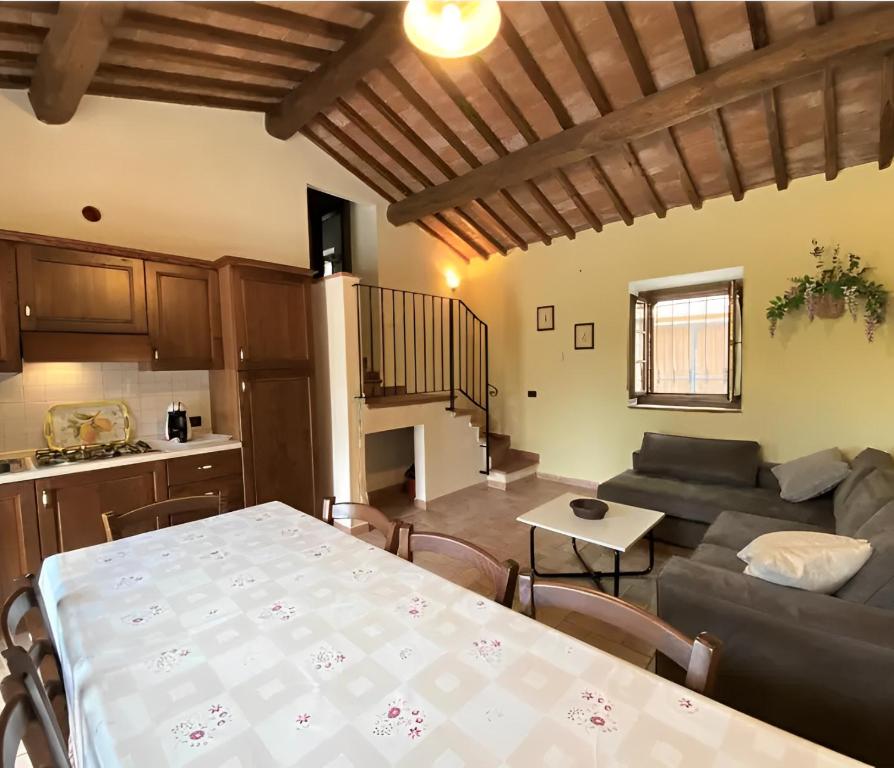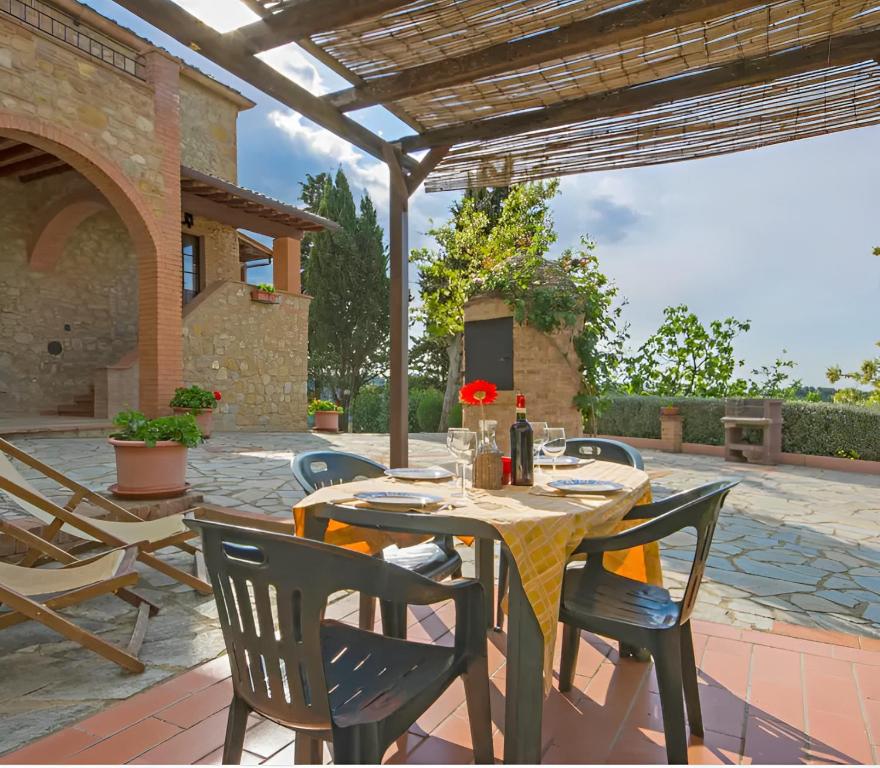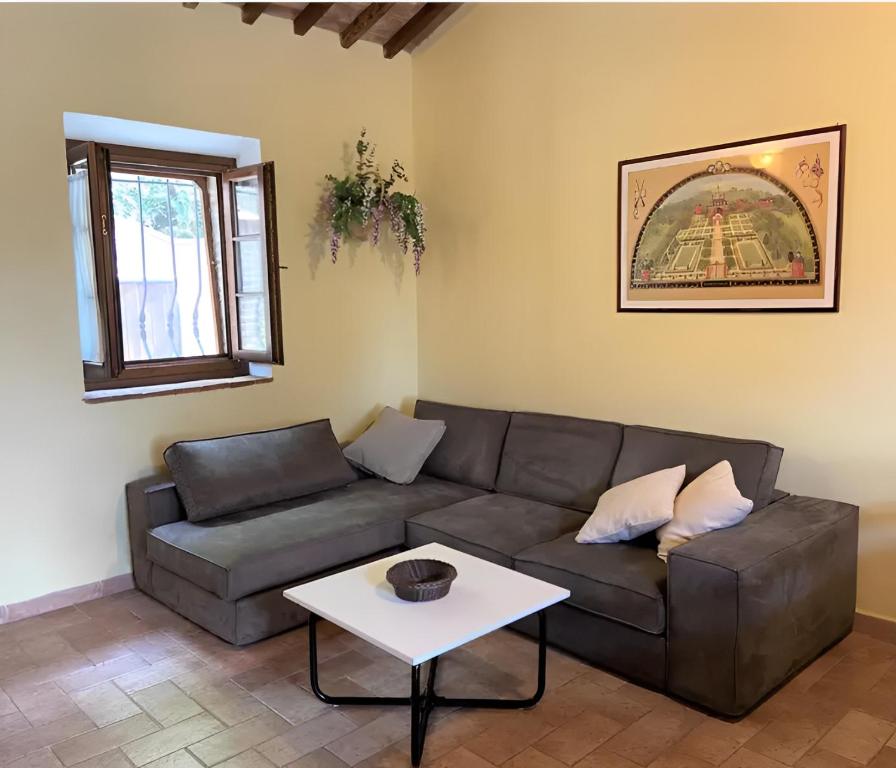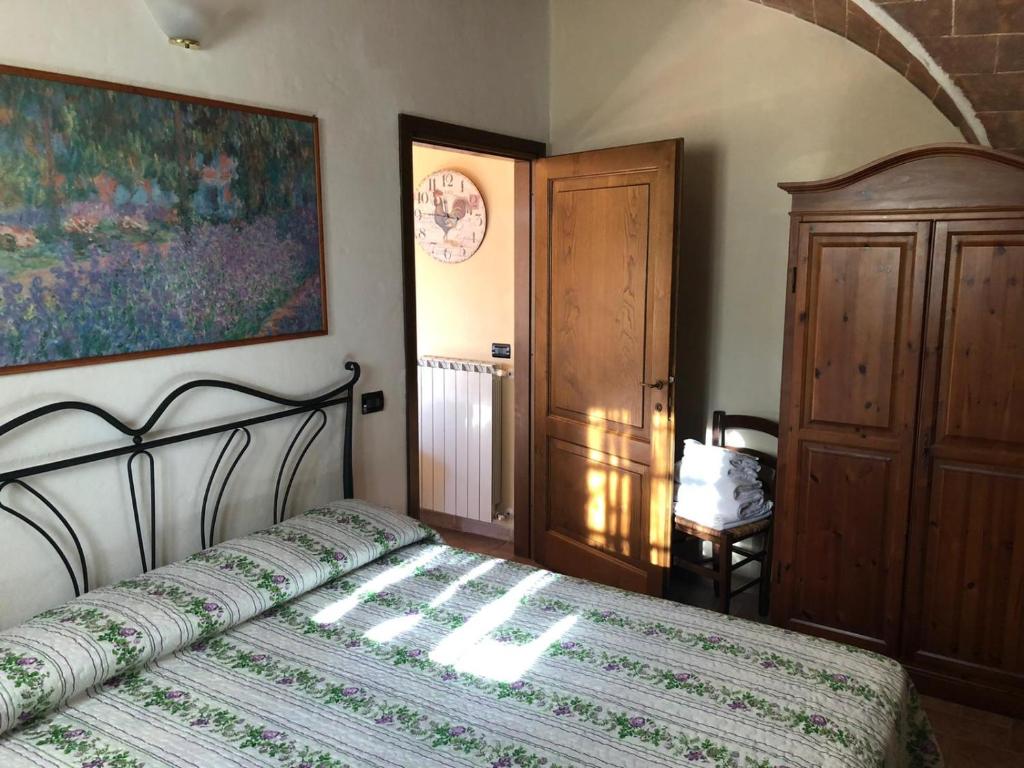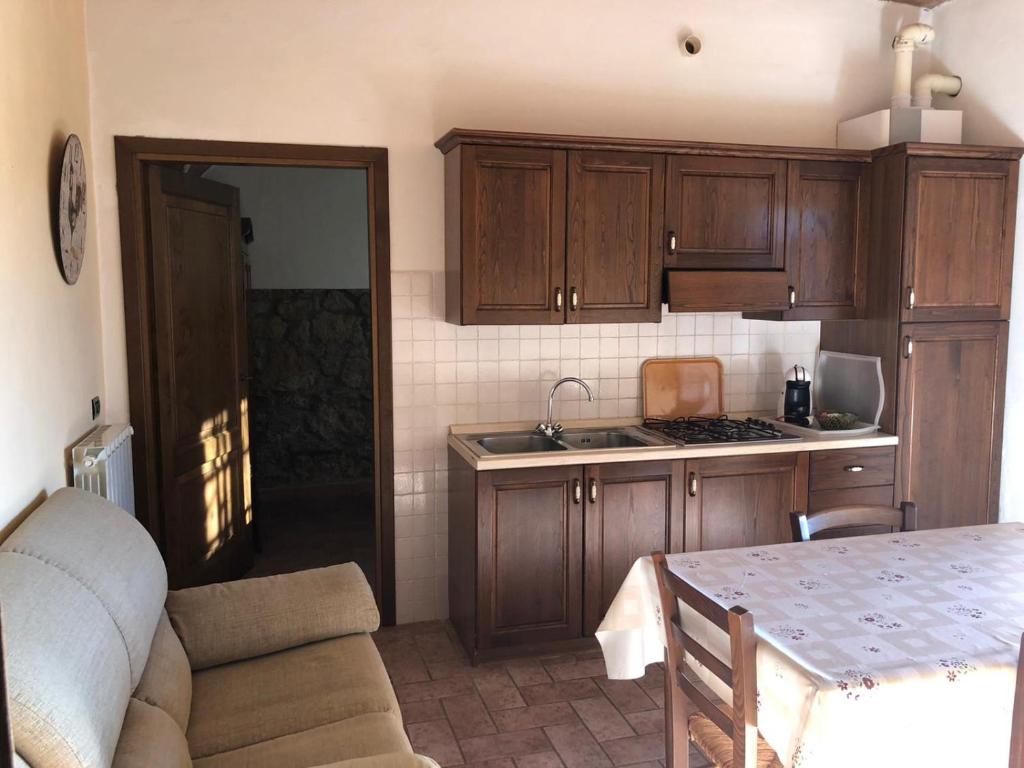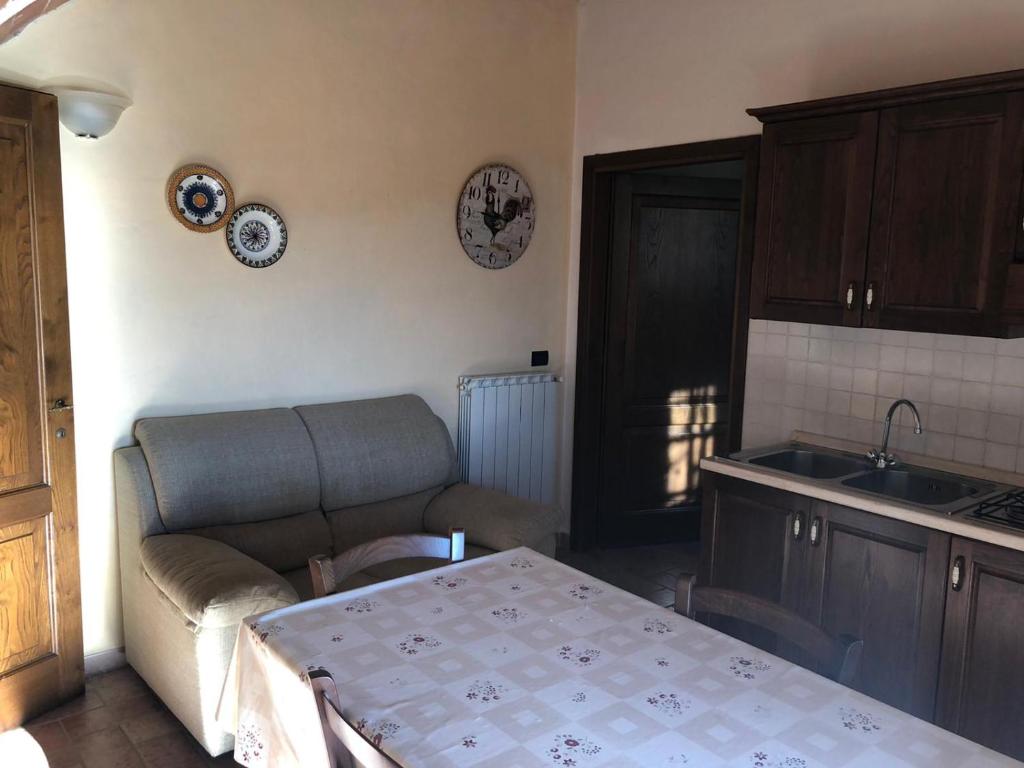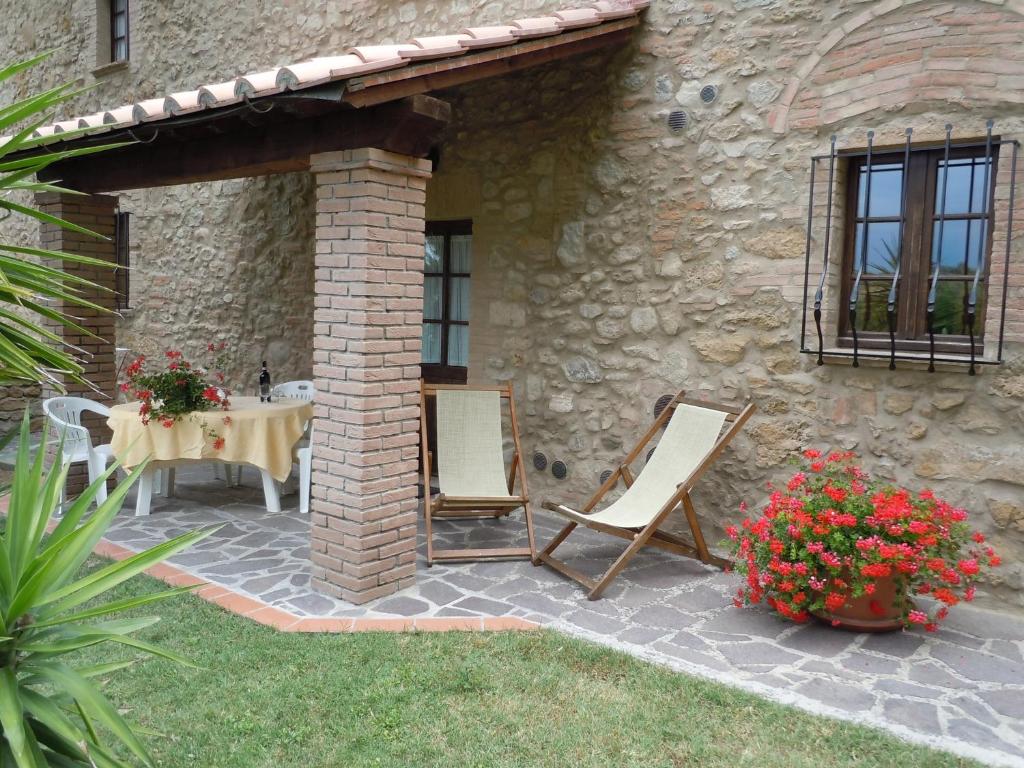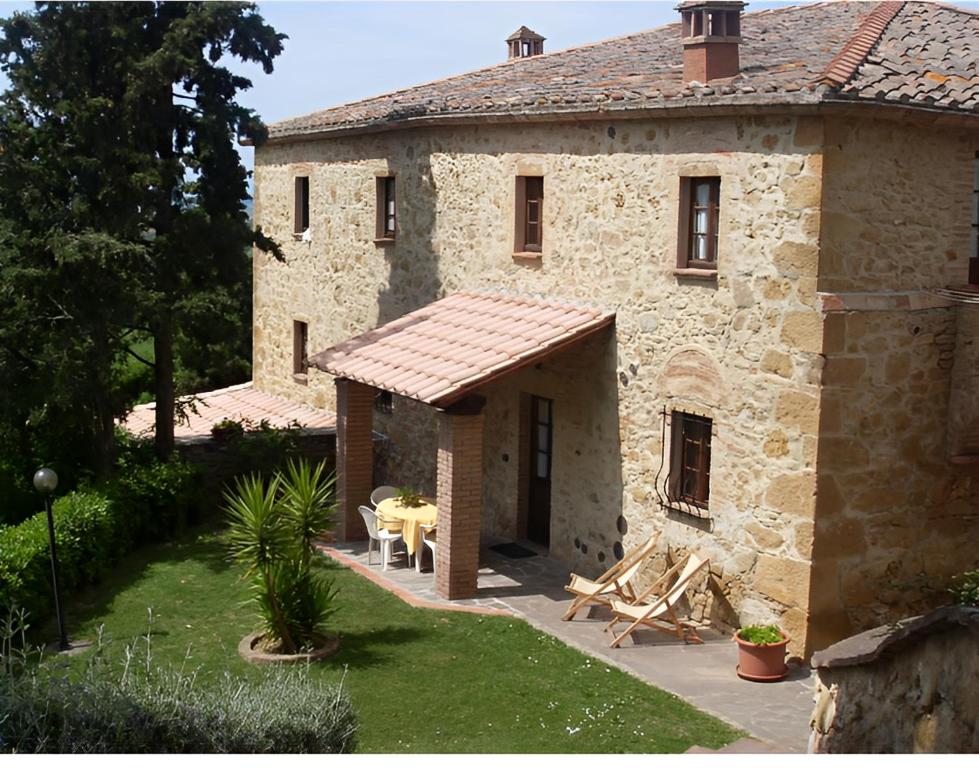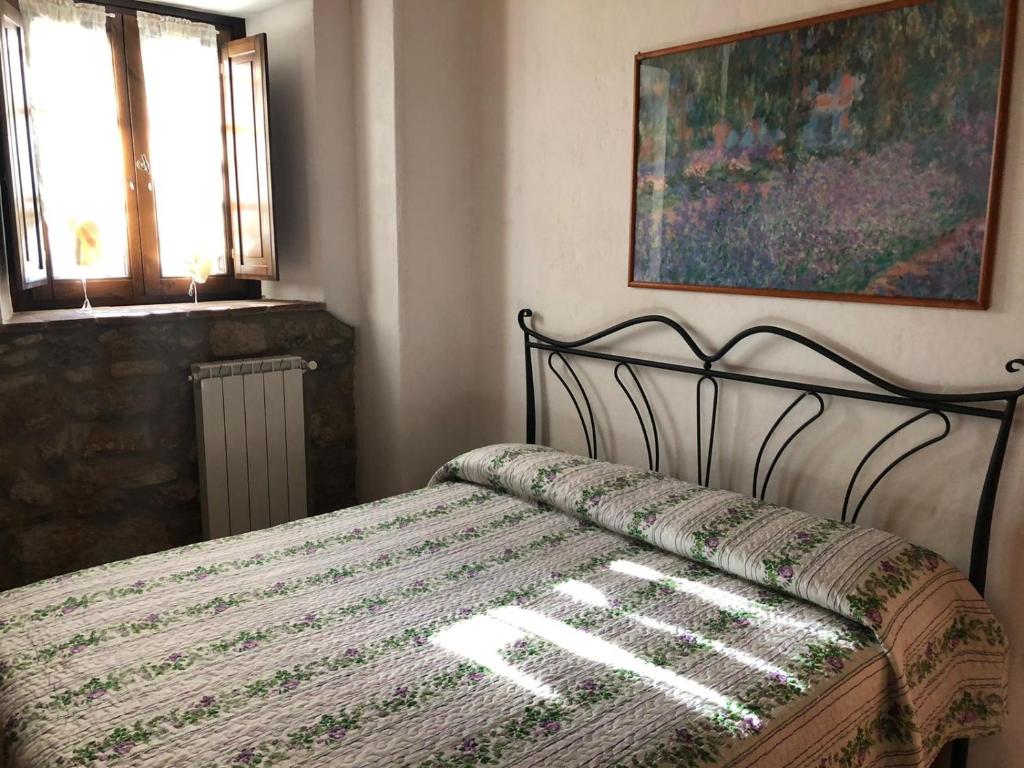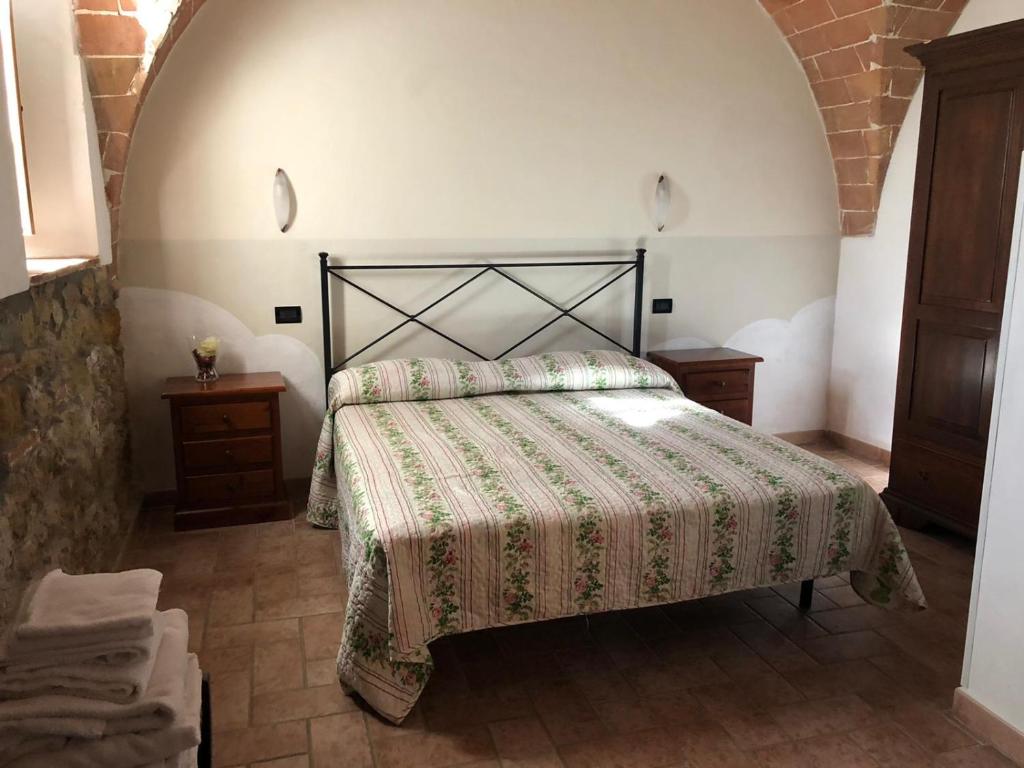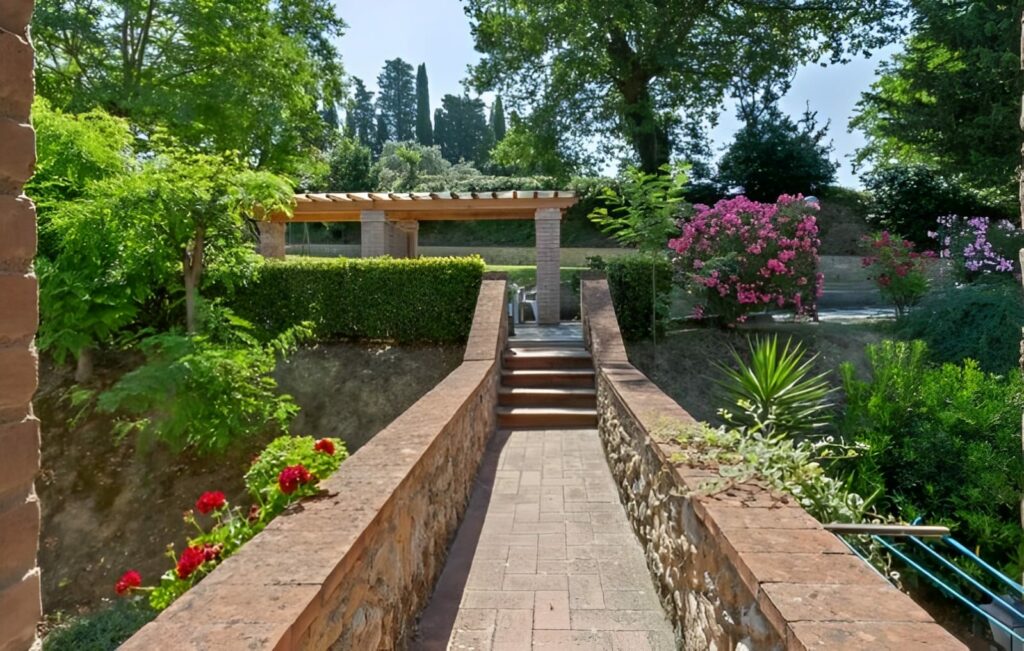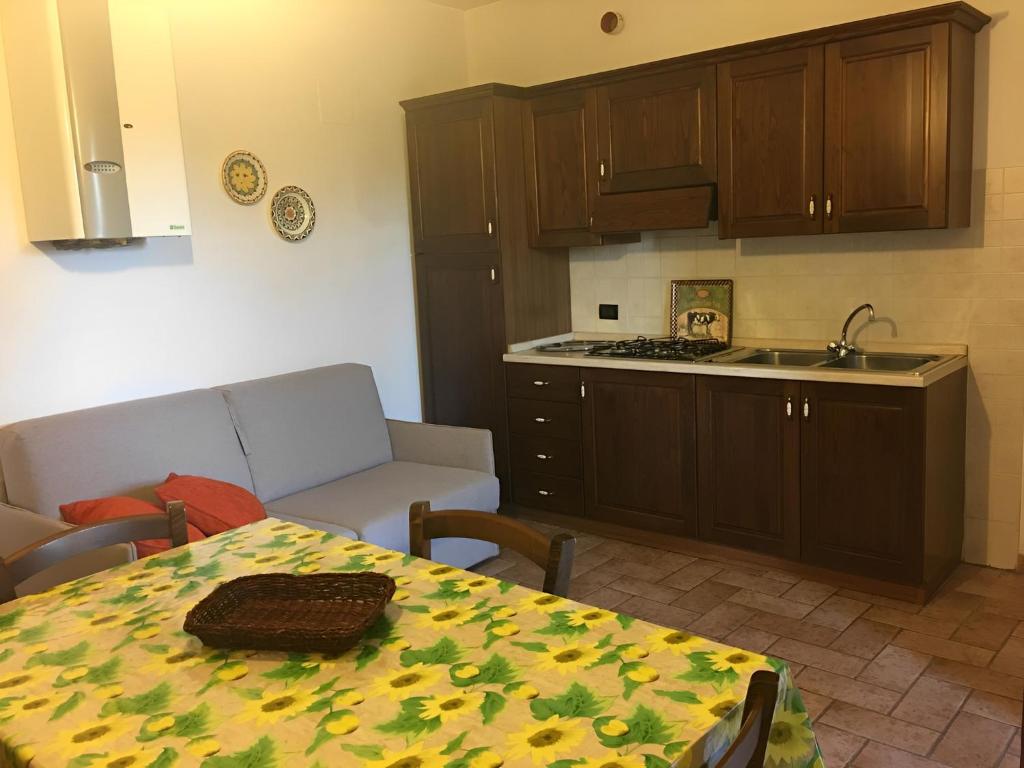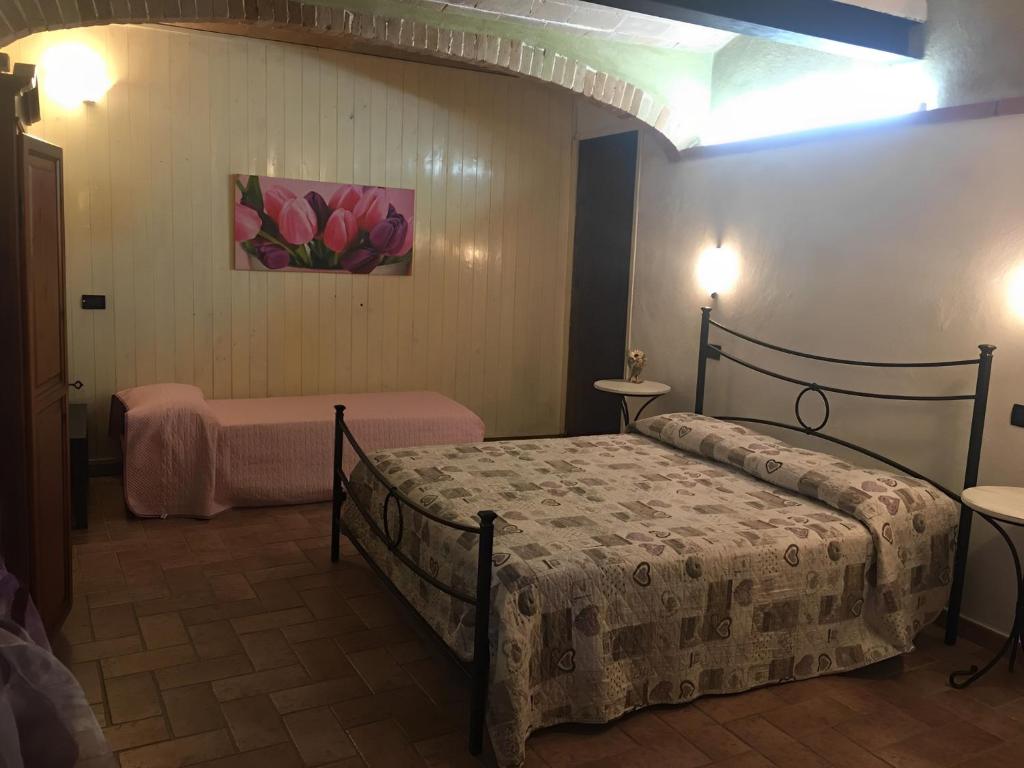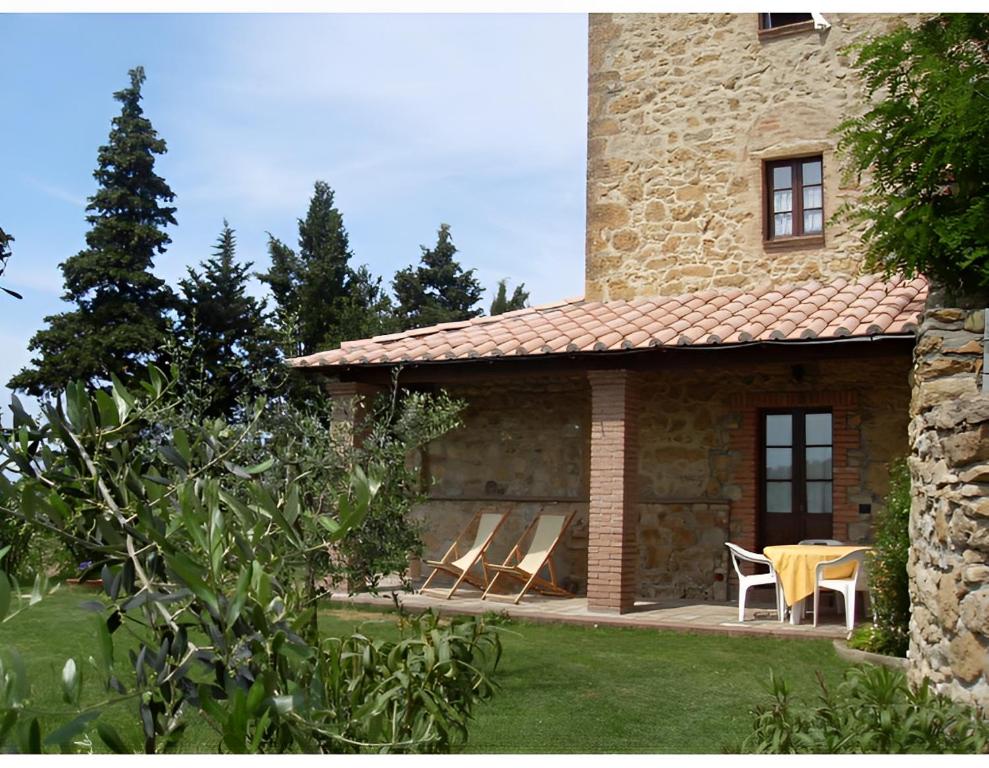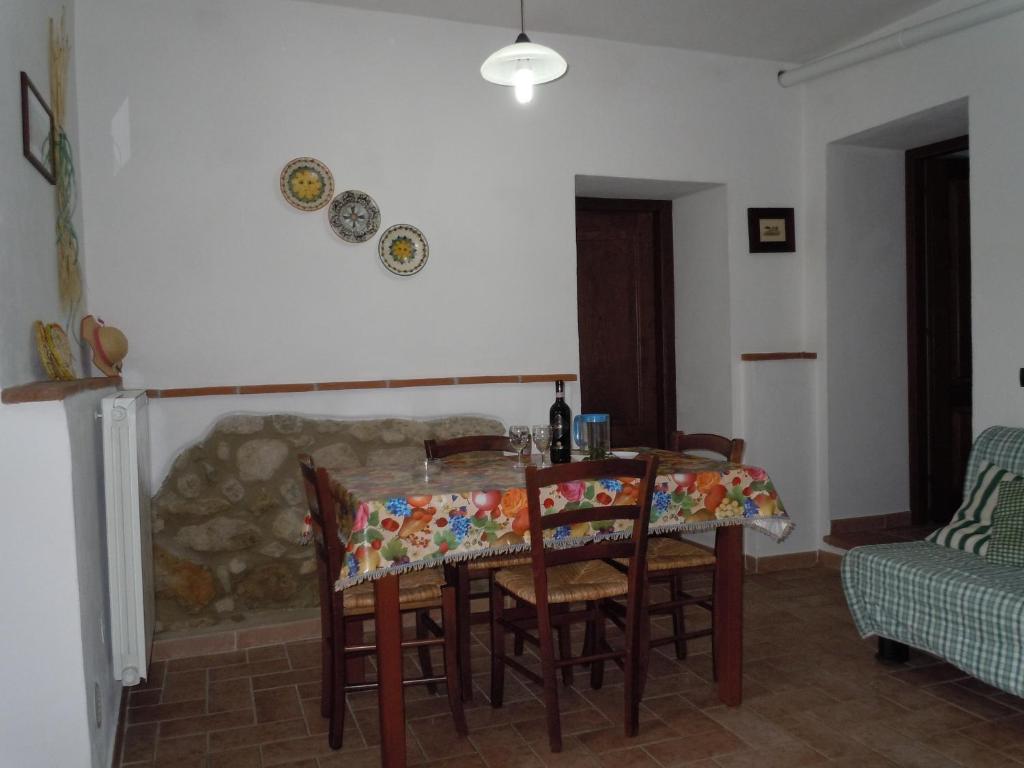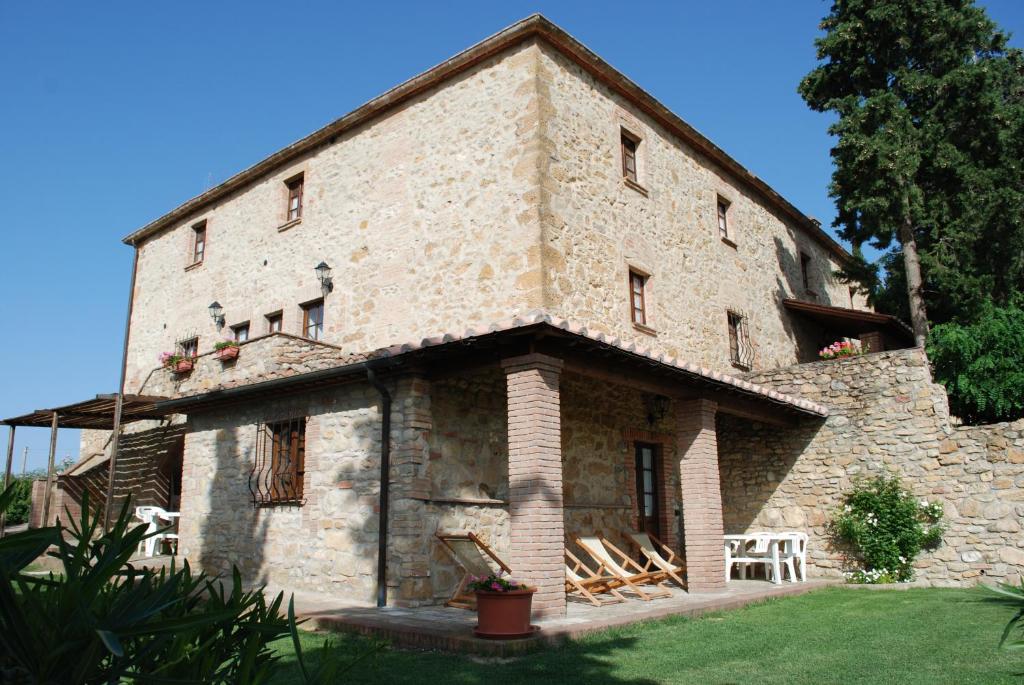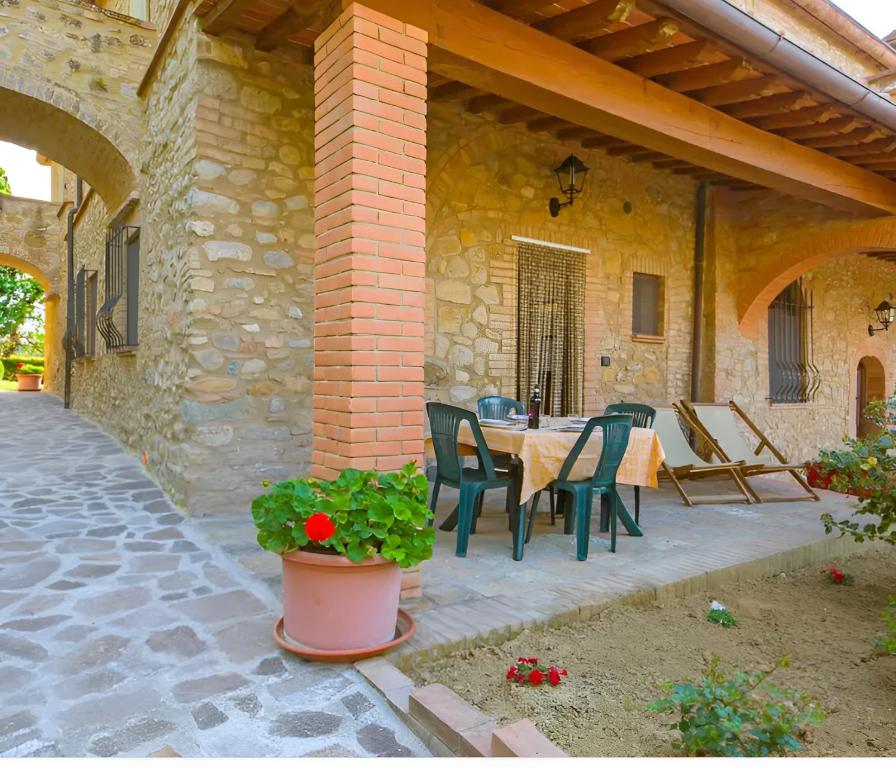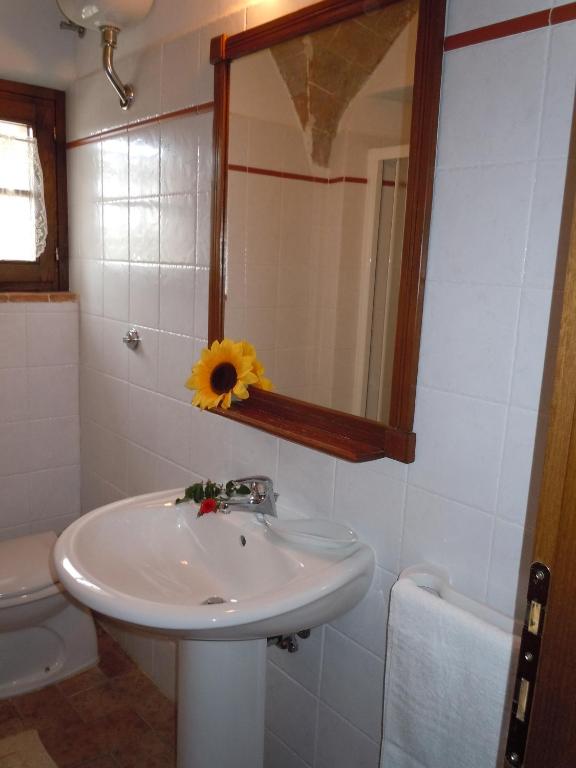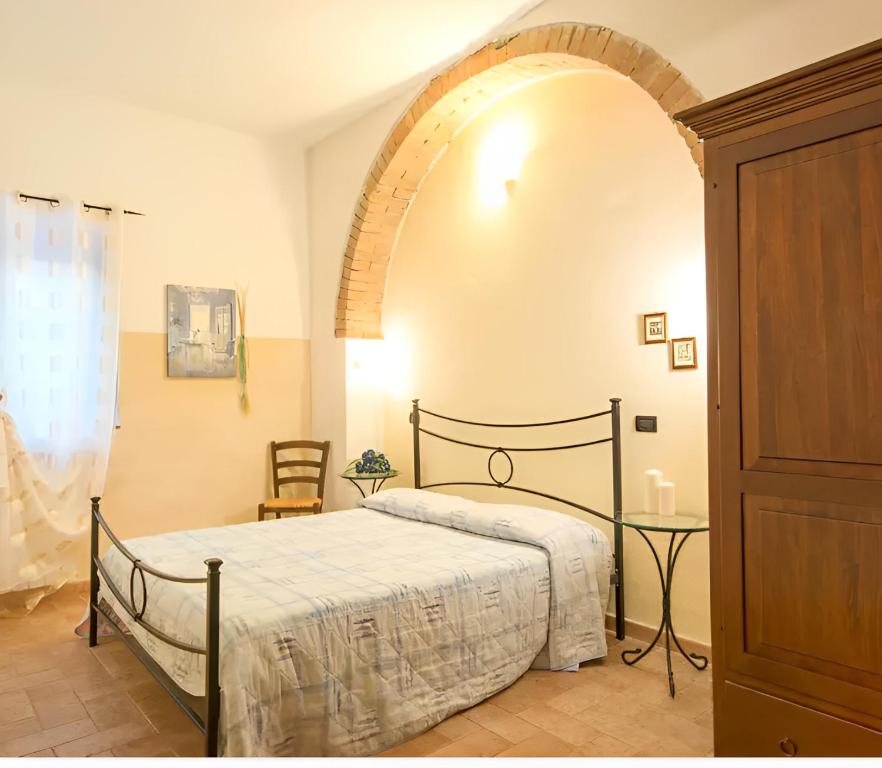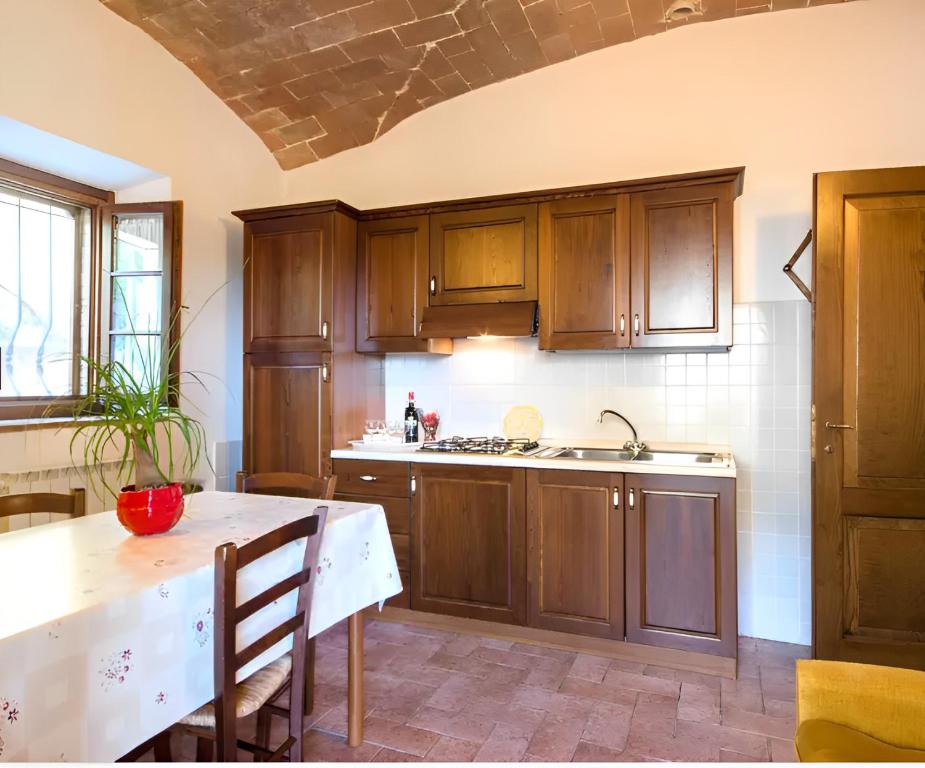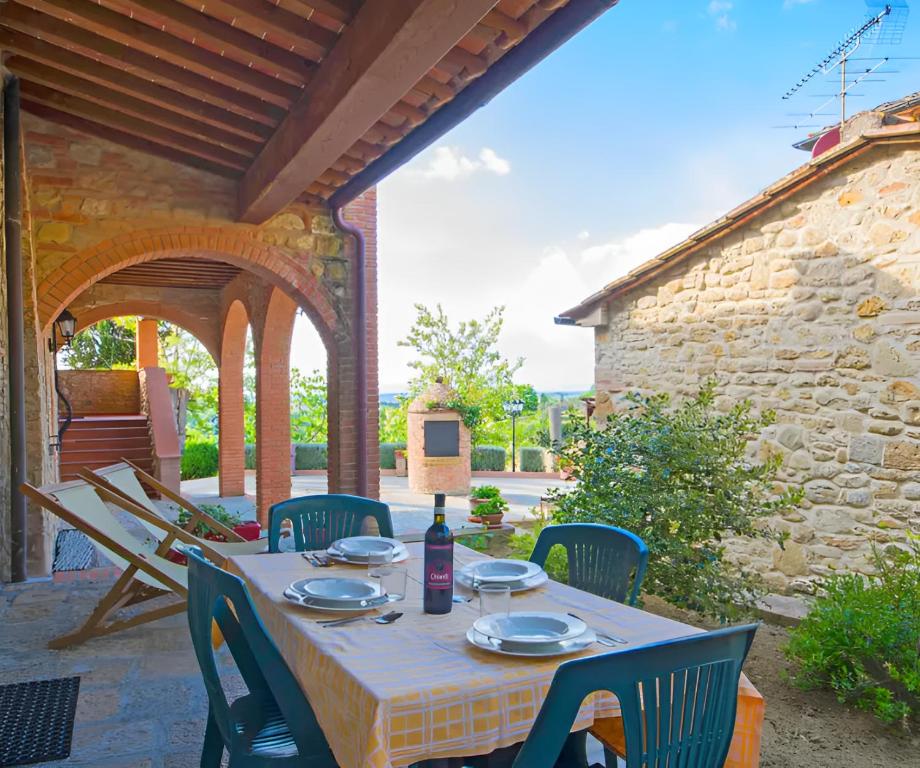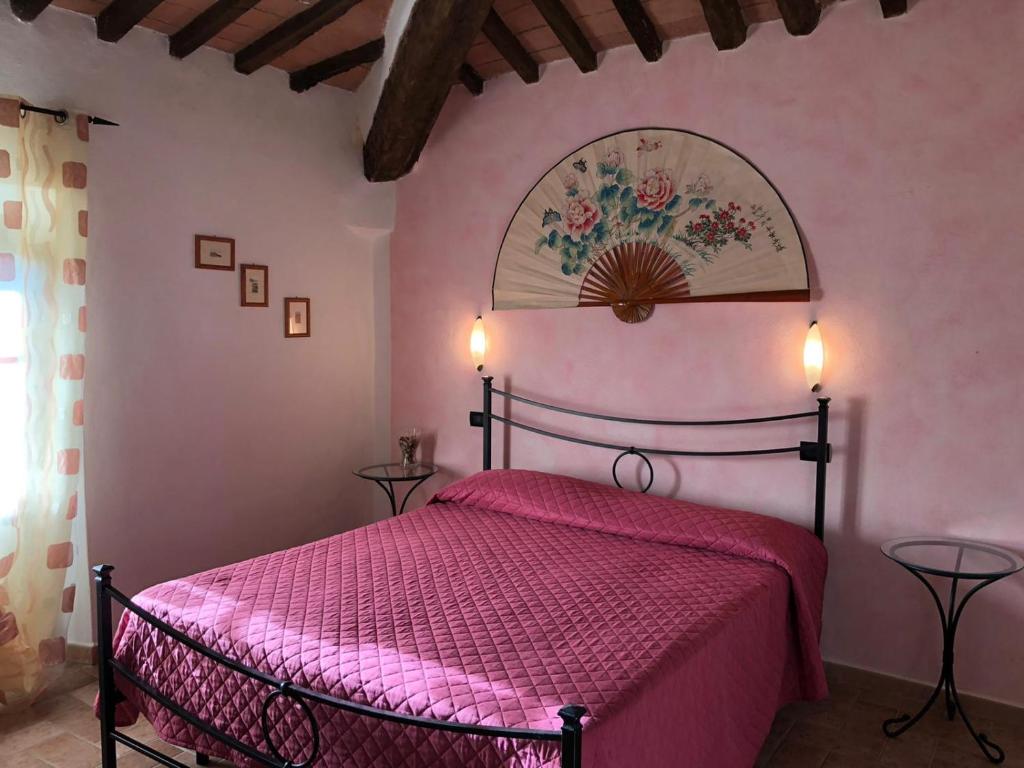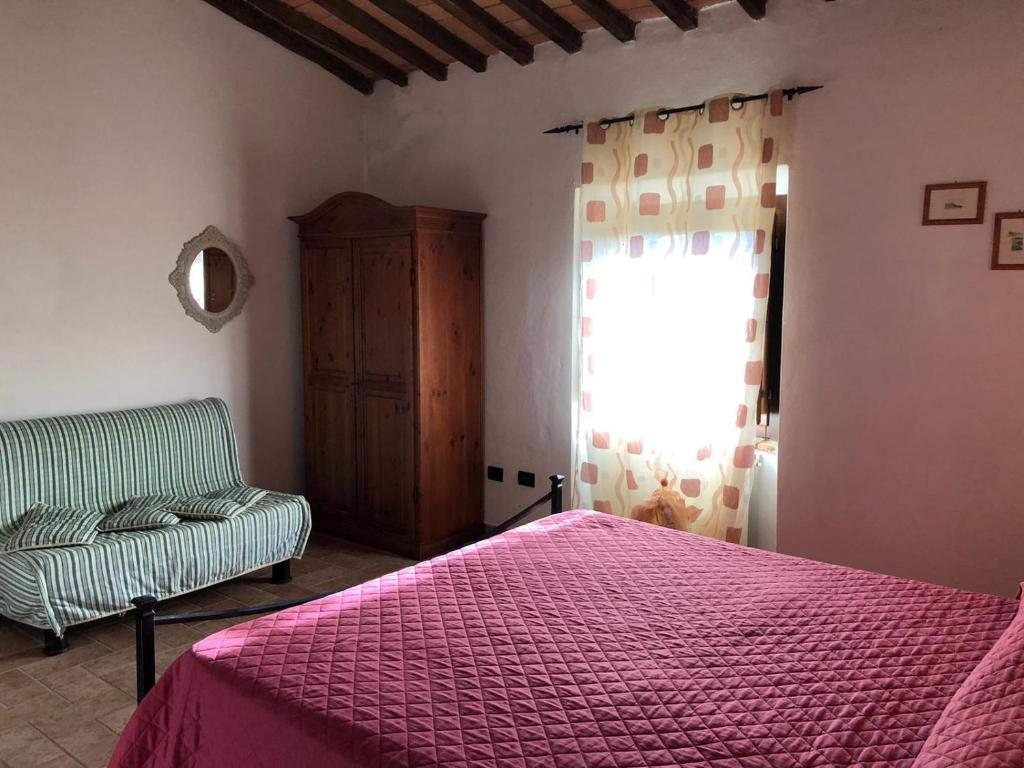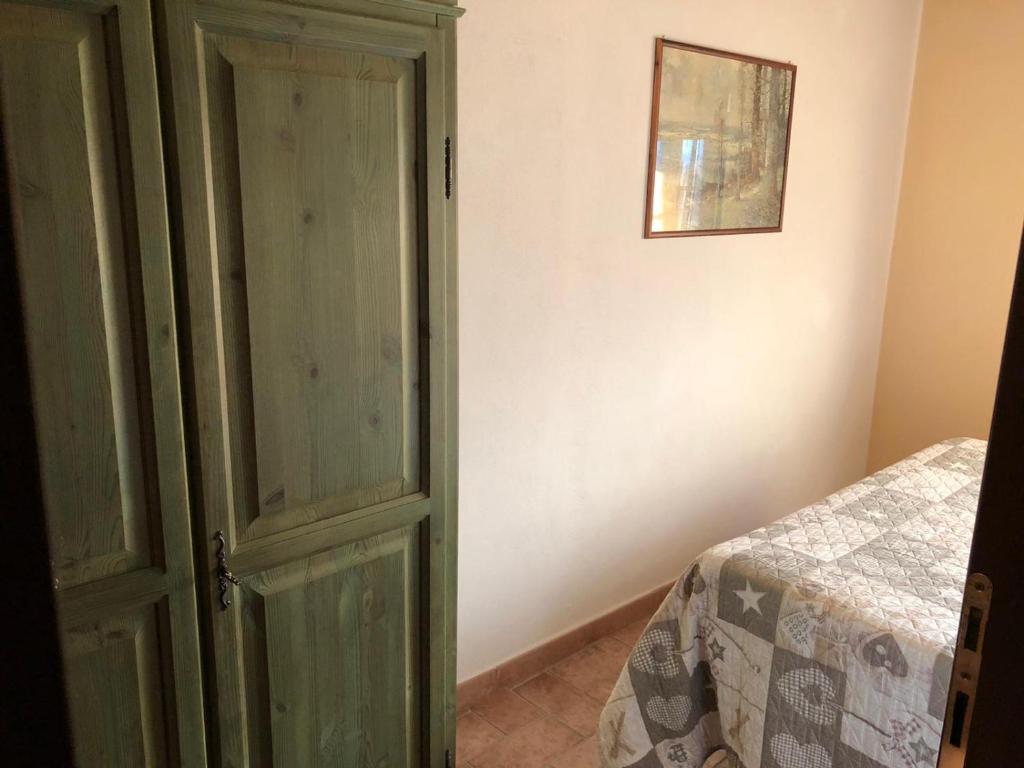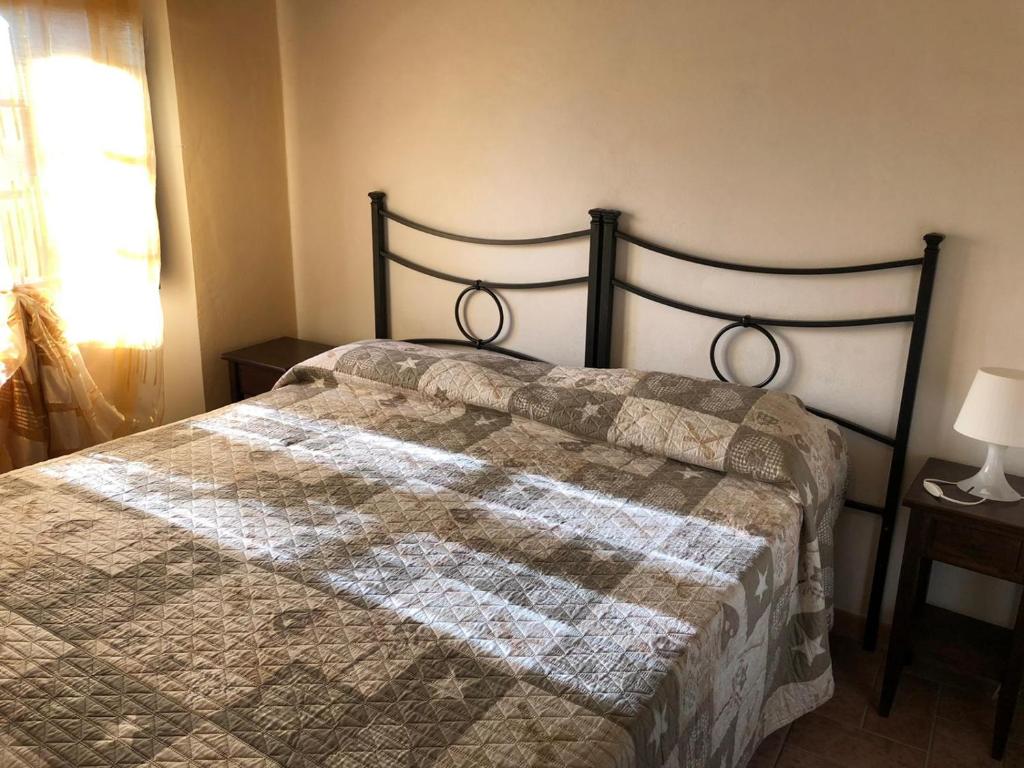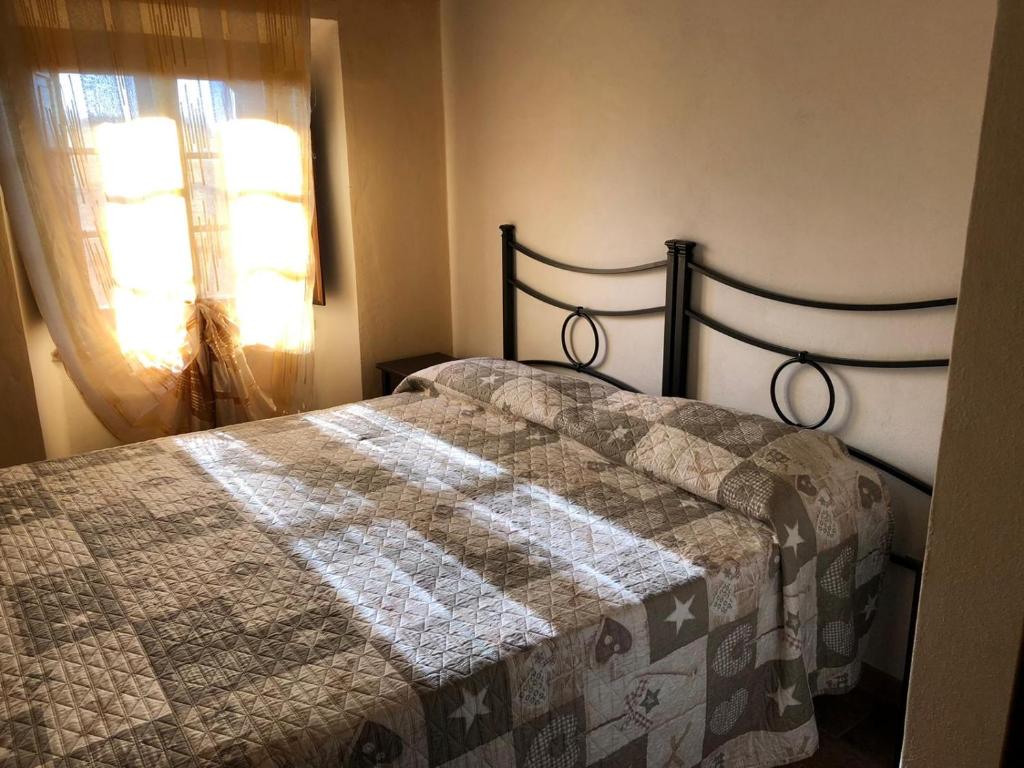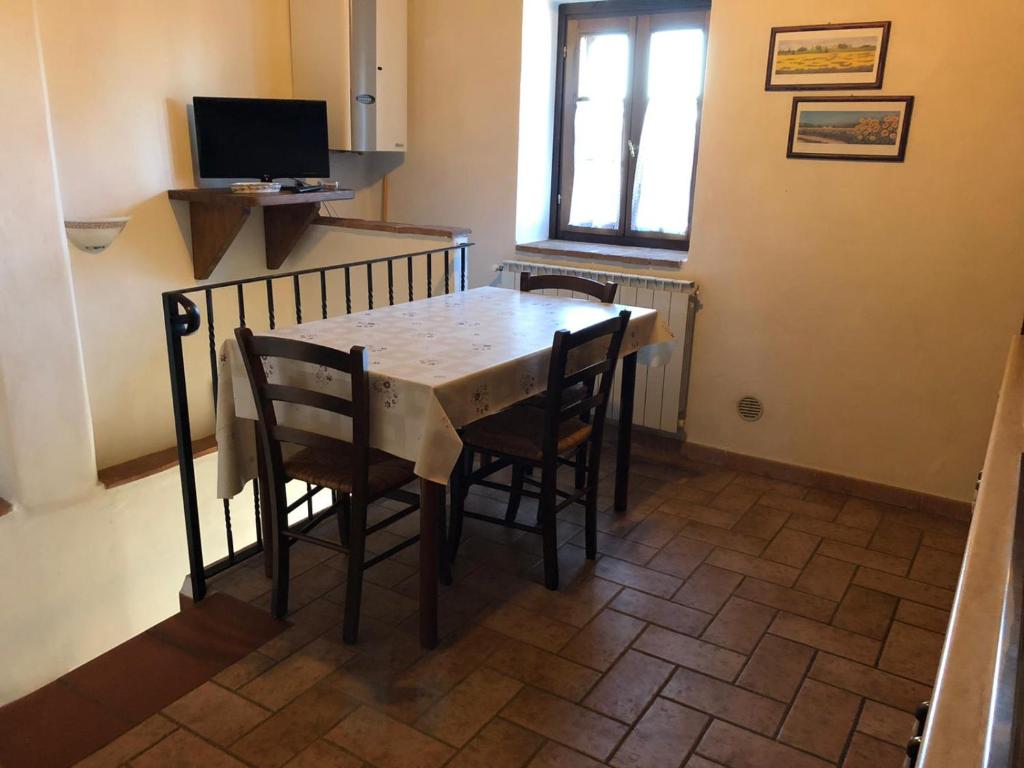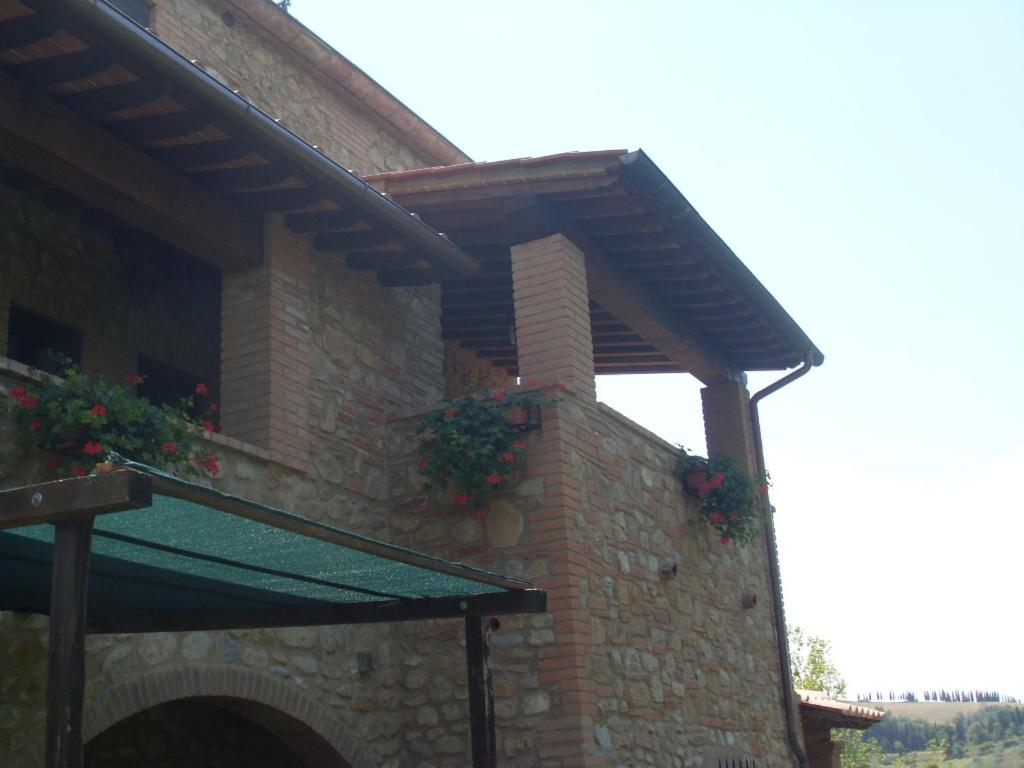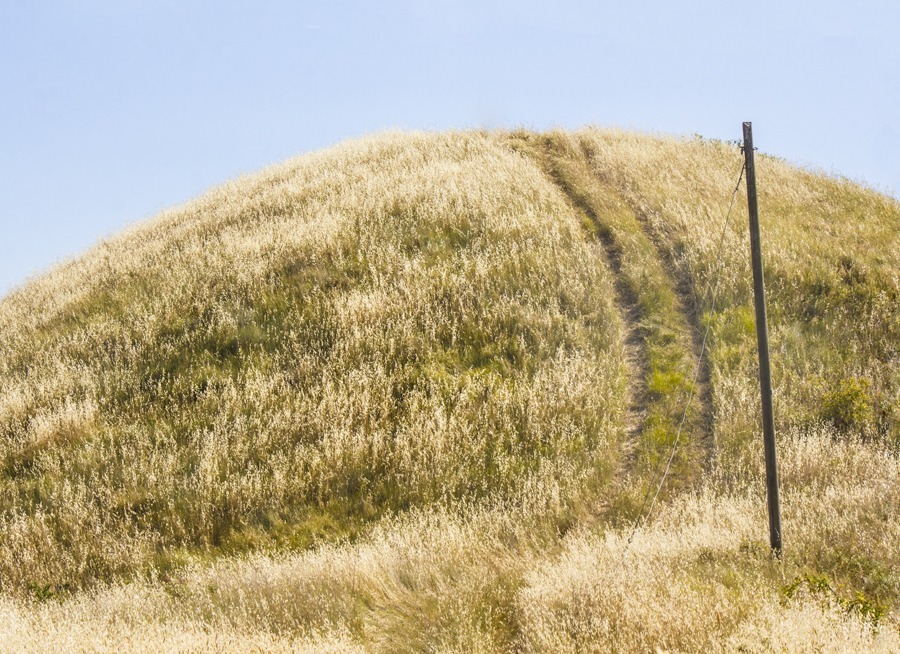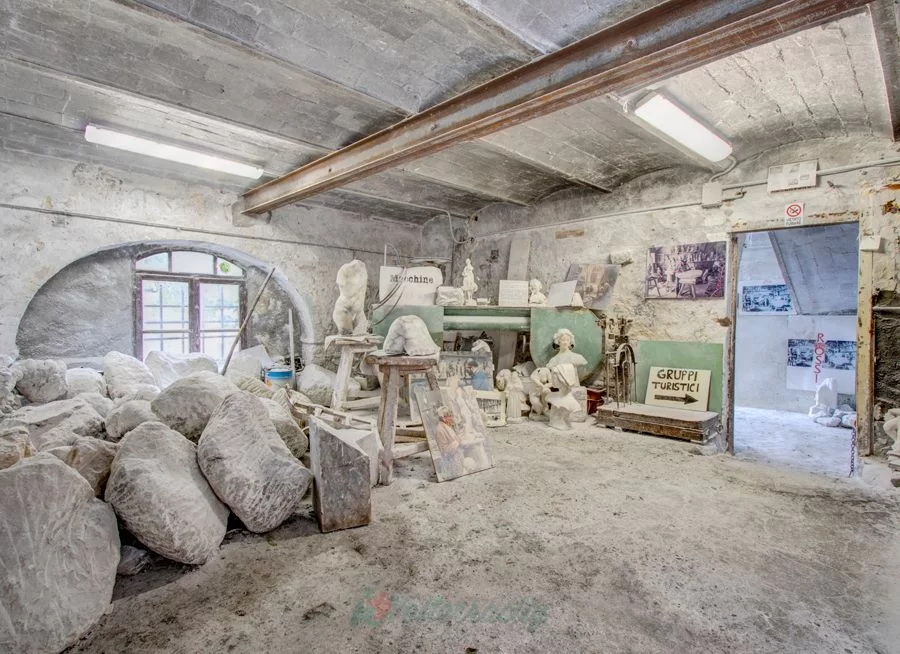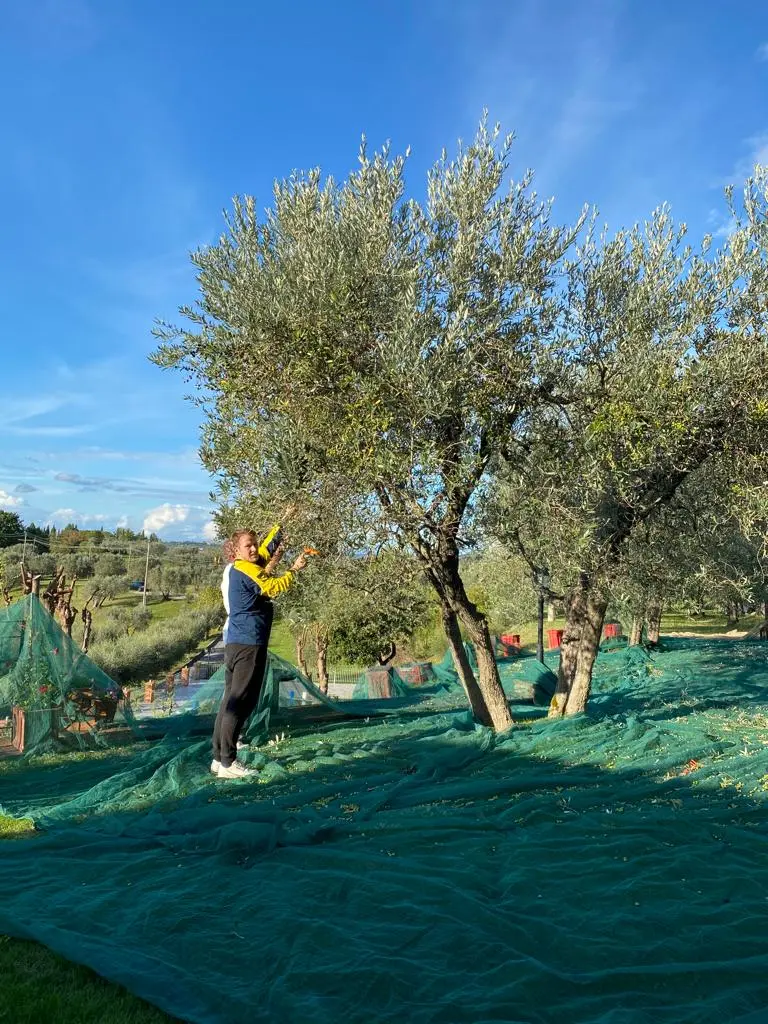The Main Services of the Agriturismo
Common Areas
![]() Swimming Pool (May to September)
Swimming Pool (May to September)
![]() Garden
Garden
![]() Solarium
Solarium
![]() Barbecue
Barbecue
Laundry
Parking
![]() Private Parking on Site
Private Parking on Site
Check In
![]() h 3:00 PM – 5:00 PM
h 3:00 PM – 5:00 PM
Check Out
![]() h 8:00 AM – 10:00 AM
h 8:00 AM – 10:00 AM
|
|||||||||||||||||||||||||
|
|||||||||||||||||||||||||
Stay Requirements
![]() Minimum Stay 3 Nights
Minimum Stay 3 Nights
Cancellation Policy
![]() Availability Request.
Availability Request.
The request is non-binding and does not constitute a contract for either the client or Agriturismo Fattorie Inghirami. The agriturismo reserves the right not to accept the booking.
Booking Confirmation
The booking confirmation sent by Agriturismo Fattorie Inghirami to the client is binding for both parties and constitutes the finalization of the booking contract. In this case, the client will receive a voucher via email, which must be shown upon check-in at the property.
The booking becomes binding for the property only when the receipt of the deposit payment (30% of the total stay amount) or the receipt of credit card details for the authorized charge is confirmed.
In case of a deposit, the client must send the payment notification by email to info@fattorieinghirami.com within the time limits defined by the management of Fattorie Inghirami. The deposit in euros can be made via:
Bank Transfer
BANK: Monte dei Paschi di Siena Ag. Volterra
IBAN: IIT 17 V 01030 71220 000000890750
SWIFT/BIC CODE: PASCITMMVOL
ACCOUNT HOLDER: Soc. Agricola Fattorie Inghirami
Postal Order
Chiara Bertini Inghirami
Villa Campani
Loc. Roncolla
56048 Volterra (PI)
Balance on Arrival
![]() Credit Card
Credit Card
![]() Cash EUR
Cash EUR
![]() Bank Transfer
Bank Transfer
Cancellation
If the confirmed booking is canceled, the full amount of the deposit will be retained or deducted.
Organizza il tuo viaggio!
The Villa
of Scornello
The Agriturismo of Scornello
The Fattorie Inghirami agriturismo was born out of the desire to share the history of Scornello, the beauty of the landscape, and the unique charm of Volterra with our guests. In 2000, five apartments in the ancient farming village adjacent to the 17th-century villa of Scornello were renovated, giving rise to a welcoming agritourism activity immersed in nature.
Our organic farm spans 350 hectares and is located about 9 km from Volterra. Here, we produce high-quality organic olive oil and spelt, within a large nature reserve that offers peace and tranquility to our visitors. Guests can enjoy walks through the typical Mediterranean scrub, as well as mountain bike excursions and trekking.
Everyone is welcome to Scornello! To reach us, follow the road known as “della Zambra,” which involves about 4 km of gravel road out of the total 9 km. However, the scenic views are truly worth the journey. As you travel through the countryside of Volterra and arrive at our avenue lined with traditional centuries-old Tuscan cypress trees, you’ll have the chance to appreciate the authentic and unspoiled beauty of the area.
The historic villa of Scornello is located on a hill at an altitude of 307 meters, with a small chapel at 285 meters. The villa overlooks a landscape characterized by chalky terrain rich in gypsum veins. Near the villa, along the slope adjacent to the Zambra stream, are the “panchina” quarries, dating back to the Etruscan period, which have been used for centuries.
The Historical Origins of Scornello
Scornello is located on a small promontory from which the salty waters of the Volterra salt pans emerge. A document dated July 23, 1228, from the Municipality of Volterra, refers to the sale of properties owned by the Hospitallers of Altopascio in Scornello, which at the time was part of the Spedaletto of Agnano in the Val d’Era. In a map from the 1700s, Scornello appears as a complex of buildings, including a prominent three-story tower with a thatched roof.
Before 1637, Domenico Vadorini created an ink map of the Scornello estate, commissioned by Curzio Inghirami. Although some parts of the map are inaccurate, it is of great historical importance, as it offers a rare depiction of the Volterra countryside, including settlements, communication routes, forests, and cultivated lands.
The Etruscan Scaritti
The villa is particularly famous for the “Etruscan Scaritti,” discovered by Curzio Inghirami in the 17th century. These scaritti were casings of bitumen, wax, and terracotta containing small fragments of linen paper, on which it is said that members of the Etruscan college of Augurs had written historical, ritual, and prophetic texts. According to legend, some of these scaritti were hidden in the villa’s cellars by Prospero Fiesolano Castellano during the Roman siege of Volterra. It is said that these documents describe the discovery of the salt pans during the reign of the Etruscan king Tuisco, and how his son Occo built the first salt production plants, later completed by Volturreno, Occo’s grandson and the ancestor of the Cecina family.
Although today it is believed that the scaritti were apocryphal creations by Curzio Inghirami, the salt pans of Volterra were indeed operational as early as the High Middle Ages. This is evidenced by an event in 981, when Emperor Otto I called upon salt workers from Volterra to instruct the inhabitants of Halle in Saxony on the art of extracting salt from water springs.
The Village Around the Villa
A village developed around the aristocratic villa, characterized by a longitudinal layout along the side of the villa itself (A. Secchi – A. Zanelli, p. 51). The villa, accessible through a long avenue of cypress trees on the homonymous hill, dates back to the 17th century and includes a chapel and a farm. At that time, a small rural village called Citernino was also formed, where well-preserved vaulted brick ceilings can still be seen. According to Repetti, the villa of the noble Inghirami family of Volterra, located in the parish of S. Leopoldo alle Moje, is enclosed by two lower buildings and has two floors and a small tower, as well as an Italian garden at the back. Probably between the 18th and 19th centuries, the villa and farm were expanded and renovated, as evidenced by the portal, decorations, and facade.
The Farm of Scornello
The Farm of Scornello, which between 1777 and 1794 comprised nine estates, with the addition of four more in 1794, was modest in size compared to other estates of the Inghirami family (C. Caciagli, pp. 83-100). The estates existing until 1794 were: Podere di Scornello, Luogo di Scornello, Scornellino, Mandorlaia, Casetta, Cinari, Parella, Ulimeto, and Fontanella. Ulimeto, which will be discussed further below, is the vast area that, including the Villa Giardino owned by the Inghirami family, extends almost to the Piano dell’Era. Fontanella, near Borgo S. Alessandro, was demolished around the 1960s and takes its name from a small fountain with a watering trough located along the road. In 1794, the estates of Poderino, Casanuova, and Forno were added.
In 1890-91, the Farm underwent another transformation, increasing the number of estates to 18, all located, except for Ulimeto, between Scornello and Saline. In the 1940s, the number of estates increased to 30. Today, the farm is still owned by the Inghirami family, divided among the heirs of Lodovico Inghirami and Paolo Inghirami. The former own the villa and much of the old farm.
The Shrine of the Madonna del Lupo
Continuing along the road to Scornello and turning left, crossing the river four times, you will find the shrine of the Madonna del Lupo. Erected in the 16th century in honor of the Virgin, this small building recalls the legend of a young shepherd who, while tending his flock, was threatened by a wolf. Frightened, the boy took refuge at the image of the Madonna, who appeared to him and pointed to a large holm oak for him to climb. In gratitude, the shrine was built and dedicated to the Madonna del Lupo. It is a tradition for visitors to leave their signatures on the stones of the shrine, creating a historical-artistic heritage that has, over time, been covered by these engravings.
